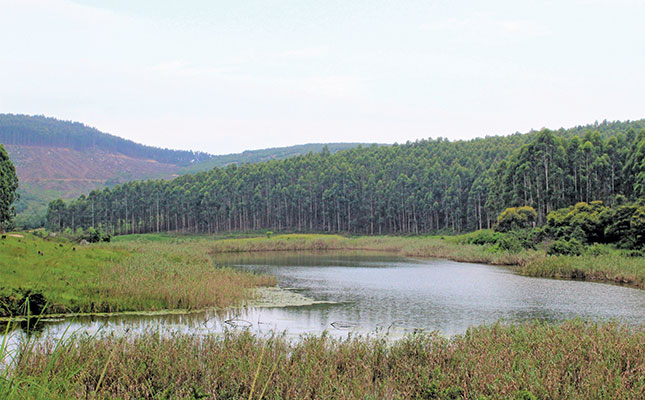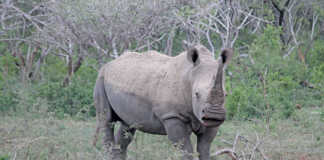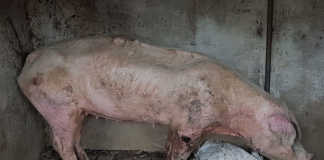
South Africa is sitting on a time bomb as far the contamination of its water resources, and groundwater in particular, is concerned. This was according to Dr Gerhard Verdoorn, operations and stewardship manager at CropLife South Africa.
“The poor management [or] lack of management of the country’s water resources in general need to be revisited by the authorities as a matter of urgency to prevent total collapse.
“The situation is critical and is bound to have an impact on every citizen, with the poorest of the poor the worst affected,” he said.
Due to the ongoing collapse of sewerage infrastructure, Verdoorn said he was most concerned about the state of groundwater resources in and around towns and cities. This posed a serious threat to the entire economy and specifically the agriculture industry.
He told Farmer’s Weekly there were indications of increasing levels of harmful microbial pollution such as E. coli in the country’s water sources.
This, coupled with other sources of contamination such as the mining industry, obviously presented a health risk, but also affected the entire agricultural value chain. As it stood, vast areas of valuable agricultural land had already been lost to the mining industry.
“Poor water quality and soil contamination have rendered parts of the eastern summer grain production area unsuitable for crop and fresh produce production. “
We’ve also come across incidents where fresh produce was disqualified from being exported because of polluted groundwater,” Verdoorn said.
South Africa had 22 water-source areas spread across five provinces: KwaZulu-Natal, Mpumalanga, the Western Cape, the Eastern Cape, and Limpopo. The combined size of these water-source areas was 12,32 million hectares.
“I foresee chaos should the authorities continue to ignore the ongoing onslaught on our water resources. It’s clear that a shift is needed. It’s imperative that action be taken to turn the situation around,” Verdoorn said.
The World Wildlife Fund for Nature South Africa (WWF SA) meanwhile said in a statement that in a world rapidly “heating up” due to climate change, more frequent droughts and floods with concomitant disruptions to water supply could be expected.
Under these circumstances, groundwater supplies would become increasingly critical for water security.
According to WWF SA, it was therefore essential that the roles and responsibilities of every decision-maker in terms of water conservation were clear and executable, from ministerial level down to municipalities and individual borehole owners.
Institutions did not yet share a common vision regarding groundwater, and the voices of civil society, such as those of borehole owners, still needed to be brought into the conversation, WWF SA said.











